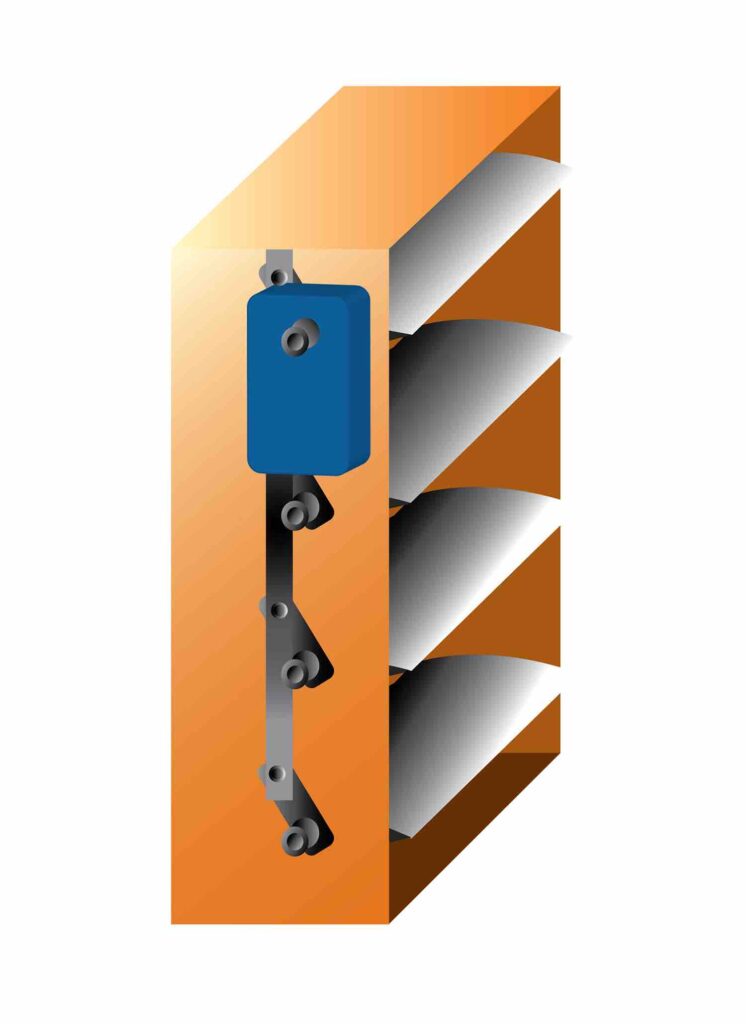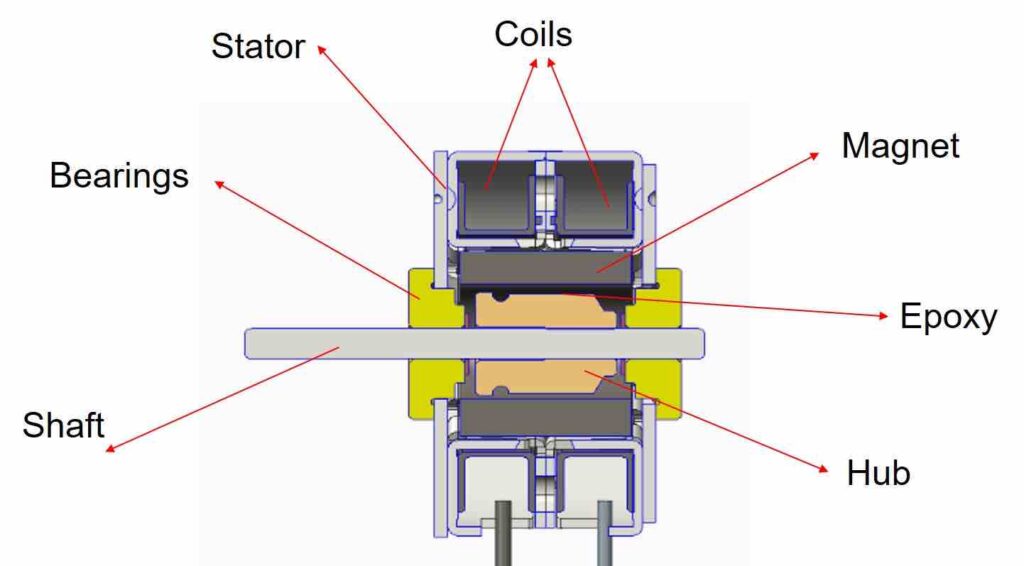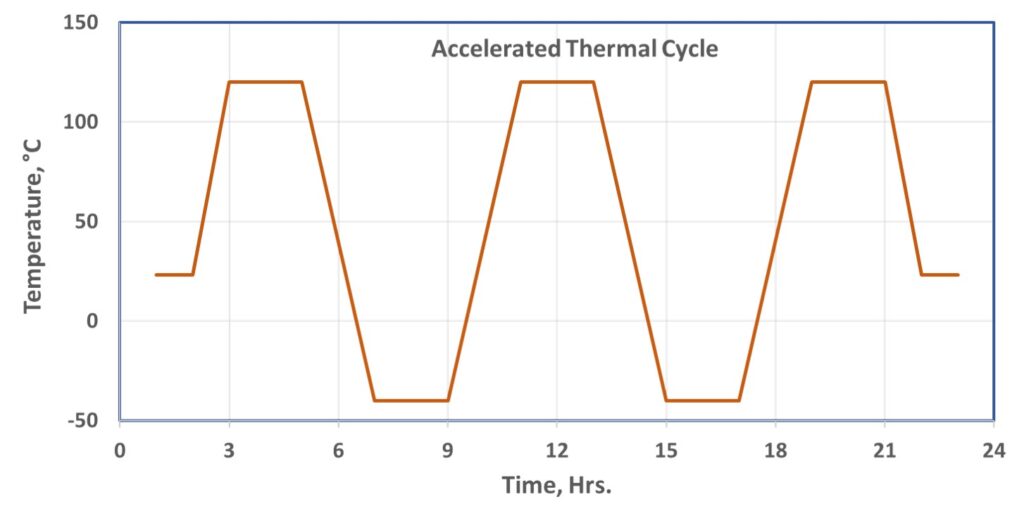Krishna Kumar and Amol Ridhore examine the working points of this critical HVAC application, and how these impact on the specification of the electric motor for the task
The electrification of the dampers that regulate airflow in HVAC systems is an increasing trend, with stepper motors becoming a popular choice for actuation of the damper. But there are major miniature motor design elements that should be considered.
As building automation systems become more sophisticated, the performance of individual components is subject to ever greater scrutiny. It is a basic expectation that components will fulfil their functions quietly, accurately and reliably, regardless of the operating environment.
Assured longevity of operation is also essential, as components are often located in difficult to access or remote locations, where frequent breakdowns in the field would lead to increased costs and liabilities.

The dampers used to regulate the flow of air inside a duct in building HVAC systems are a case in point. While these are conceptually simple mechanisms, the motors that control them can be subject to the most challenging mechanical and thermal conditions, with demanding cyclic loads and widely varying temperatures.
While manual dampers are turned by a handle on the outside of the duct, automatic dampers regulate airflow constantly, actuated by motors that are controlled by a thermostat or through the building automation system. If the operation of the damper is seasonal, perhaps just two or three times a year and moving between two fixed positions, there is frequently little to be gained from automation.
But where the damper is modulating precisely through varying positions according to changing conditions, and where operation is required frequently, then an automated electric damper, actuated by electric motors, becomes the better choice.

Stepper motors represent a good technology choice for use in electrically operated dampers, being a more affordable option than brushless DC motors, and without the need for the latter’s superior variable speed capability in a typical damper application.
The inherent design of the stepper motor also assures positional accuracy without the need for an external position feedback device or complex sensorless drive electronics.

In selecting the most appropriate stepper motor for the actuator mechanism in an automated damper, there are a number of key considerations: how much torque/force must be delivered by the motor/linear actuator to hold the damper in position with the required control precision? Is the motor able to withstand a range of temperatures? Are motor components able to be customised to withstand HVAC cycles? Are motors proven to work reliably in an HVAC environment? Does the motor offer feedback to achieve integrated damper position feedback?
Rotor design for extreme temperatures and cyclic load
In specifying a stepper motor for the application, the designer needs look carefully at the design of the rotor. Within the damper actuator, the motor will start and stop under varying thermal conditions, which applies additional thermo-mechanical stresses on the rotor and other internal components.
The mechanical properties of nonlinear material used in rotor design are temperature dependent. Thus, the reliability of the rotor for high temperature or sub-ambient temperature conditions depends on the material and their thermal properties, particularly the coefficient of thermal expansion (CTE).
The designer needs the assurance that the motor manufacturer has made the right choice of linear and non-linear material-based assemblies.

The performance of non-linear materials such as adhesives highly depends on the material’s chemistry and processing parameters. And the choice of specific ceramic magnet grades makes the situation particularly complex.
The designer also needs to consider how the motor manufacturer has validated the product to confirm proper performance in the field.
Validation under static environmental conditions (temperature and humidity) and specific load conditions is one thing: material scheme selected in the design already considers these factors. Validating their performance at dynamic conditions (rapid temperature, humidity, or sudden load changes or the combination of multiple parameters) is quite another. Yet only with this testing can the designer be assured that the motor will deliver the required performance in the long term. Designers should expect to see the results of simulation or analytical testing.
As an example, Portescap validates rotor assemblies at accelerated temperatures and thermal shock conditions in environmental chambers and ovens to ensure that the rotor assembly will meet the application’s extreme requirements. Portescap also determines the rotor’s mechanical strength at a specific temperature with axial and torsion force testing.
Finally, accelerated lifecycle testing enables the service life of the motor in the application at specific temperature conditions to be predicted with greater confidence. The tests are performed at loaded and unloaded conditions depending on the application needs.
These challenging requirements mean it is a wise choice to engage with a capable motor supplier at the earliest stages of the design. While the price-to-performance ratio of a stepper motor makes it a good option for HVAC actuators in the first instance, there is often much to be gained by talking to a supplier who can customise stepper motors to tailor the product’s specifications to more closely meet the requirements of the individual application.
Krishna Kumar is Manager, Product Design and Development, and Amol Ridhore is Principal Engineer, Material Technologist, both at Portescap.
 Engineer News Network The ultimate online news and information resource for today’s engineer
Engineer News Network The ultimate online news and information resource for today’s engineer





